

Blog
The intent of each LEED credit category takes on a particular meaning, both locally and globally, in response to the emergence of such factors as global climate change and its associated consequences—including pandemics. In the post-COVID context, these intents will take on new meaning and new urgency
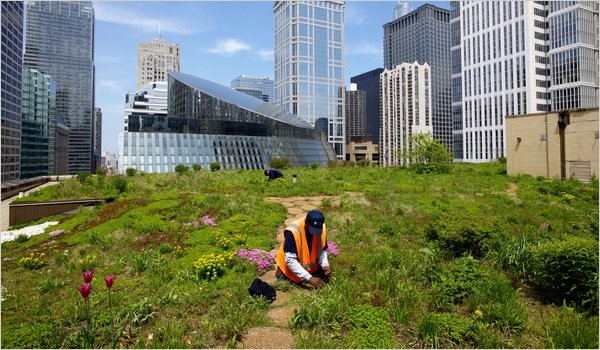
At SWA, we have used LEED across a wide range of projects and contexts. We have seen firsthand its strength as an adaptable toolkit for guiding high performance building design, construction, and operation. The intent of each LEED credit category takes on a particular meaning, both locally and globally, in response to the emergence of such factors as global climate change and its associated consequences—including pandemics. In the post-COVID context, these intents will take on new meaning and new urgency. Read Part 1 of this blog here!
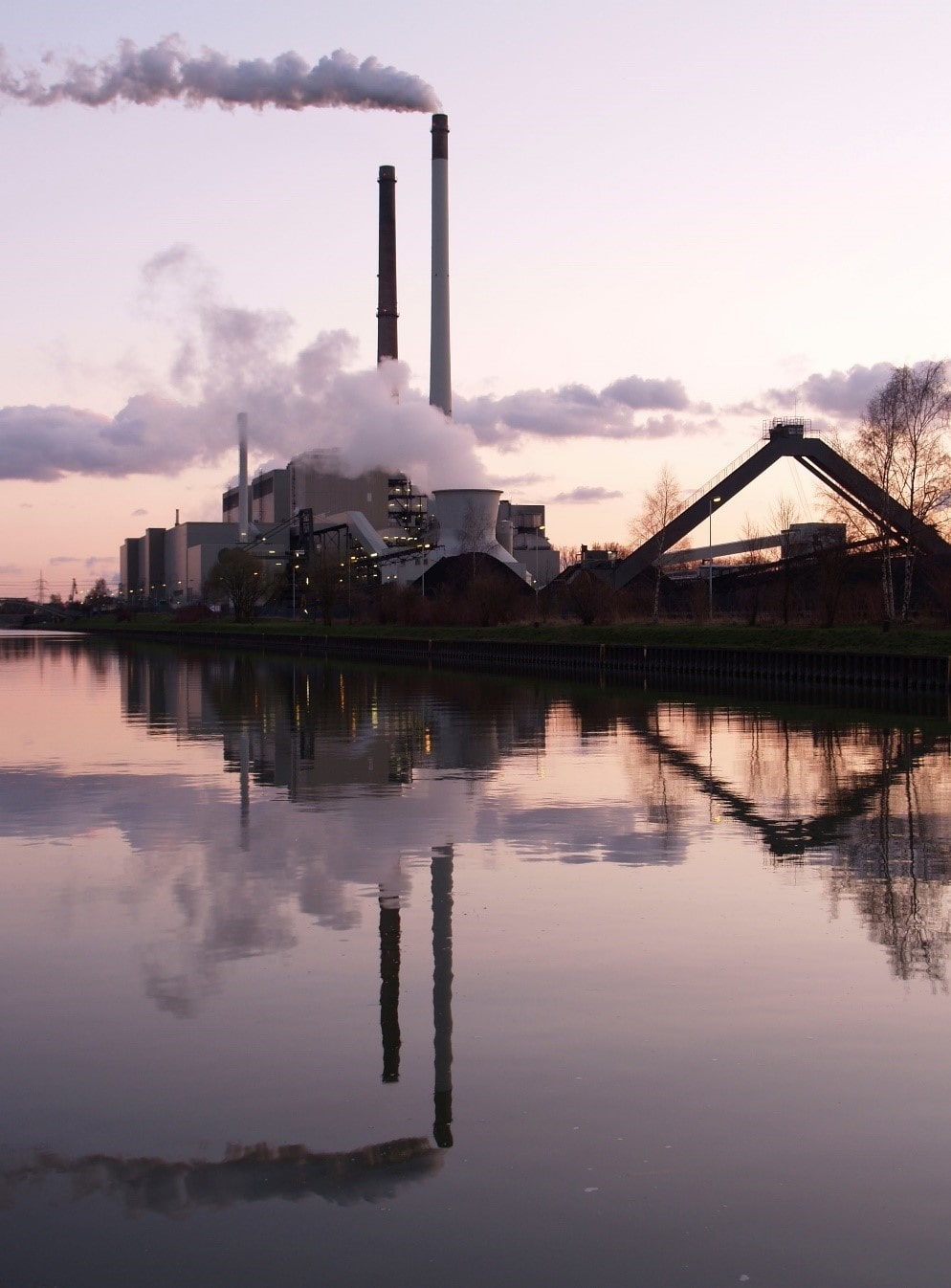
The overall goal of the LEED rating system is to reduce the negative impacts of the built environment on environmental and human health. Ideally, this focus contributes to our general, overall resilience to public health crises such as the COVID-19 pandemic by reducing and mitigating various factors that make us more vulnerable to diseases. For example, we know that long-term exposure to air pollution and poor air quality dramatically increases the chances of dying from COVID-19 and that most of the same pre-existing conditions that increase the risk of death for COVID-19 are the same diseases exacerbated by exposure to air pollution. Anything we can do to improve air quality will also improve our resilience to disease. Most significantly, we need to move away from fossil fuel-based energy and toward clean, renewable energy—and a large portion of LEED is focused on doing just that.
As researchers have noted, many of the root causes behind climate change also contribute to a greater risk of pandemics. An example is deforestation and associated habitat loss, which forces wildlife to migrate, bringing novel viruses into closer contact with livestock and humans, and increasing the odds of disease transmission. On top of that, by altering temperature and rainfall patterns, climate change has created conditions that are more conducive to the spread of disease in general. So, the strategies we need to enact now to address the climate crisis—many of which are addressed in LEED credits—can also mitigate the occurrence, scale, and impacts of future disease outbreaks.

The strategies within the LT category are designed to ensure that a building contributes to its surrounding local infrastructure of transportation options and amenities. In the post-COVID world, diverse, compact, interconnected neighborhoods and regions will be more adaptable and resilient during public health crises. They provide people with greater options for accessing necessary goods and services. During outbreaks of a contagious disease, when it’s necessary for people to stay put in order to prevent the spread of the disease, it helps a great deal for people to be able to obtain food, supplies, and medical attention nearby without having to go far out of their neighborhood.
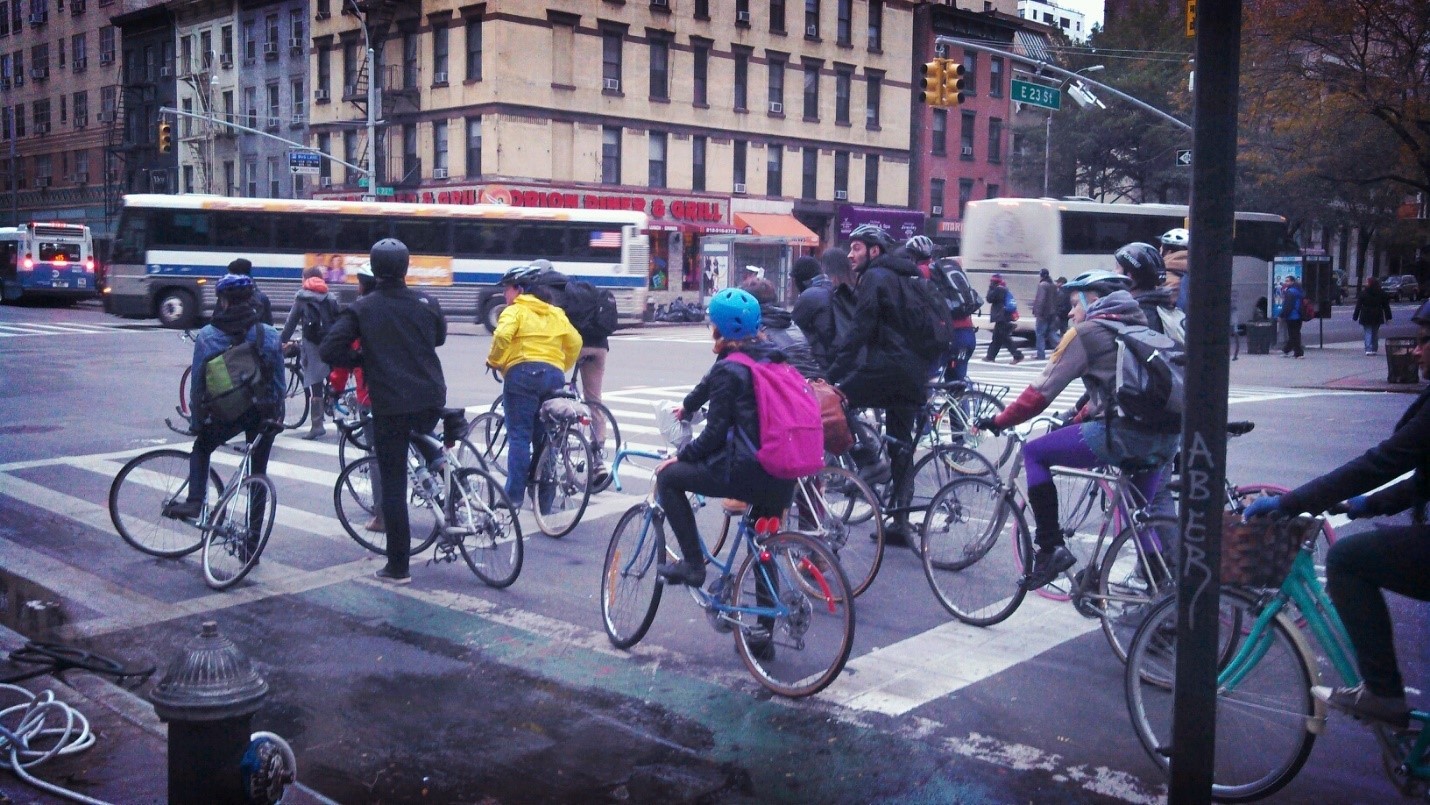
Based on the current high demand for bikes, it’s likely that, in the post-COVID world, a larger percentage of people will be using bicycles for transportation. Buildings that offer bicycle storage space and shower rooms can make it easier for occupants to avoid public transportation during times of heightened risk in an outbreak. In addition, providing shower facilities for use by occupants in workplaces or schools could also allow for some people to commute on foot, where that’s an option. And those who do commute by public transportation would also benefit from the access to shower facilities to wash and disinfect if they feel they may have been exposed to a contaminant.
The carshare option of this credit (v4.1 – Option 3) could also be used to make it easier for people to avoid public transportation at times of heightened risk. People who do not own their own car and would normally take public transportation might, during times of outbreak, choose to use a carshare service such as Zipcar to reduce their chances of exposure.
The strategies within the SS category can be applied to support the health of the ecosystems that comprise the building’s surrounding site, neighborhood, and region. As previously mentioned, the more we can do to preserve and regenerate healthy, biodiverse habitats across all regions, the more we’ll be contributing to a stable ecological balance. And, a stable ecology has the potential to limit disruptions that lead to disease outbreaks, natural disasters, and degraded environmental health. In order to create a healthier, more resilient built environment, we need to use strategies set forth in the LEED SS credits to find better ways of integrating buildings into existing natural cycles and systems.
By conducting a thorough site assessment that includes investigation of elements with potential human health effects, as this credit requires, project teams will better understand the factors influencing the building’s vulnerabilities regarding indoor environmental quality. The sooner in the design process these potential barriers to a healthy building can be identified, the better able the team will be to effectively address them.
Access to on-site outdoor spaces will likely become even more important post-COVID, especially in residential projects. During times of lockdown and stay-at-home orders, the ability to access natural light, fresh air, and recreational opportunities is extremely valuable, as evidenced by crowded parks and green spaces. If more buildings in a community reserved on-site area for open space, it would relieve the pressure on that community’s public parks. In dense urban areas, vegetated terraces and occupiable green roofs could help provide building occupants outdoor space without having to go to crowded public green spaces. (However, in such cases, it’s important to have a policy in place to control the density of users in these areas, and to ensure that all occupants have equal access.)
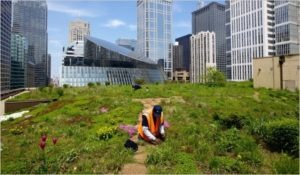
Post-COVID, the SS credit takes on importance. The urban heat island effect is known to exacerbate ozone air pollution and smog, which can cause respiratory illnesses (e.g., asthma and other lung diseases) that increase a person’s vulnerability to pulmonary viruses. Projects can use the strategies included in this credit to help mitigate the severity of the heat island effect and related heat waves.
The strategies within the EA category can be used to help to minimize a building’s energy use. They can also contribute to shifting the global energy economy away from fossil fuels toward renewables, which will reduce worldwide greenhouse gas emissions and mitigate climate change. As discussed, reducing air pollution and mitigating climate change are crucial in a world of increased vulnerability to infectious disease outbreaks. The strategies included in this category, for example increasing operational efficiency and moving toward electrification of buildings, will contribute to vastly improved air quality on the macro level—from the neighborhood, to the city, to the encompassing region—and support the population’s health and resilience to infectious diseases.
Of the credits in the EA category, the two credits related to commissioning are of immediate importance as these include strategies to ensure that a building designed to be energy efficient and healthy performs and continues to perform over time.
In relation to indoor air quality, which is crucial to a healthy building, commissioning—both pre-occupancy and at regular intervals throughput the building’s lifetime—is important to ensure that ventilation, filtration, and air quality monitoring equipment is installed and operating correctly. The commissioning process also involves training building operators and occupants to properly use and maintain building systems.
An effective commissioning process will also ensure that specific goals and criteria related to healthy and resilient building design, construction, and operation are integrated into the project’s Owner’s Programming Requirements (OPR) and Basis of Design (BOD).
The strategies within the MR category, similar to the Energy + Atmosphere category, can be used to help reduce a building’s negative impacts on the larger, macro level of environmental and public health. Focusing on the MR credits can support a shift toward more responsible, lower impact material extraction, processing, transportation, and manufacturing practices. A material economy made up of more responsible manufacturers and producers will result in the reduction of negative impacts on environmental and human health (through such things as pollution, creation of toxic substances, and destruction of habitat). And this will better support healthy communities that are more resilient to disease outbreaks. In the post-COVID world, it’s increasingly important to advocate for less harmful ways of producing “healthier” materials with which to construct and maintain our built environment.
Project teams can conduct a life-cycle assessment to inform design decisions and help to reduce the environmental impacts of the building. Particular focus should be on the global warming potential and formation of tropospheric ozone impact categories as these have a direct impact on air quality and climate change, which directly affect the rate and scale of disease outbreaks as well as our vulnerability to disease.
Project teams, by specifying building products with optimized Health Product Declarations or Declare Labels and reduced levels of hazardous contaminants, can ensure the safest possible indoor environments for occupants. The safer our interior spaces, where we spend such a large percentage of our time—increasingly so in the post-COVID world—the better our health and resilience to disease outbreaks.
There are also several strategies in the IN credit category that can be used to further enhance the health and resilience of a building.
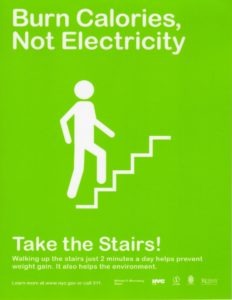
Project teams should consider whether their building can effectively incorporate elements of design for active occupants, i.e., especially accessible and attractive stairways as alternative options for circulation. This is an important strategy as more people may choose to avoid elevators at busy times during periods of outbreak. And opportunities for indoor physical activity and exercise will be in high demand to help occupants cope and keep active if people will be spending even more of their time indoors during periods of lockdown.
Project teams should consider strategies to effectively communicate the green and healthy building features that have been integrated into a building to protect occupant health and provide a safe environment. This is especially important since many of these features are not visible. In addition, communication and education strategies are important to ensure that occupants know and understand the various policies that have been put in place to maintain a healthy, safe environment (handwashing signage, cleaning policies, etc.).
Project teams should consider developing O+M plans and policies that will help maintain a safe and healthy building. Policies related to site management, purchasing, maintenance, renovations, cleaning, and pest management can all be tailored to include criteria that respond specifically to the new context of the post-COVID world. For example, building managers may want to include specific procedures and protocols in their cleaning policies to ensure prevention of the spread of infections. Building managers may include specific items such as PPE in their purchasing policies to make sure they are prepared for future outbreaks. In addition, building owners and managers should consider developing plans and policies related to crowd management and maintaining proper social distancing.
In recent years, green building practitioners have begun to recognize that a building cannot be truly sustainable if it is not also accessible. After all, a structure that values human health and wellness should be welcoming to all occupants, regardless of ability, age, stature and so on. The USGBC has taken a major step forward by introducing the first ever Inclusive Design pilot credits for the LEED rating system. First proposed by Steven Winter Associates, Inc. in 2017 the intent of the Inclusive Design pilot credit is to “Encourage the design of spaces that ‘empower a diverse population by improving human performance, health and wellness, and social participation.” Subsequently, SWA collaborated with Todo Accessible, Mexico City, Mexico to develop the Visitability and Universal Design credit under LEED v4. The credit is the first ever that addresses universal design in residential buildings. These two performance-based pilot credits build on the original prescriptive Design for Accessibility pilot credit, also written by SWA. The Learn more about these credits, click on the following links:
Although the credits discussed here should be given special priority on post-COVID building projects, every LEED credit includes strategies that will contribute to the general sustainability and resilience of the building, its surrounding neighborhood, and the larger region in which it is situated. Broad use of LEED as a toolkit to create healthy, sustainable buildings will not only mitigate the climate crisis and the rate and scale of disease outbreak, it will create a more resilient built environment that will help us be better prepared for the next outbreak, public health crisis, or natural disaster.
Contributor: James Wilson, Sustainability Consultant
Steven Winter Associates